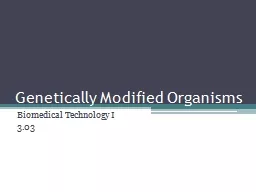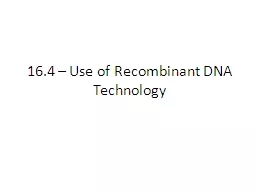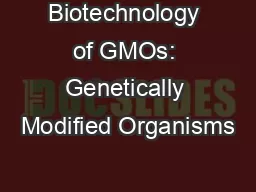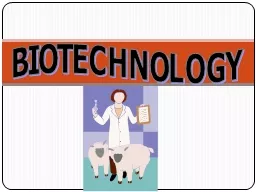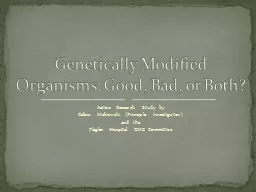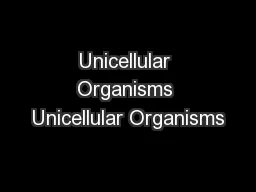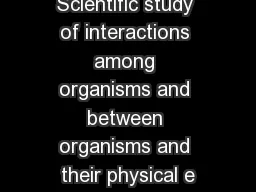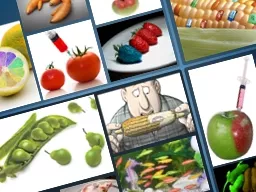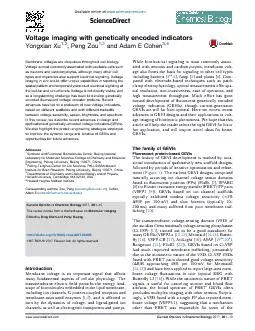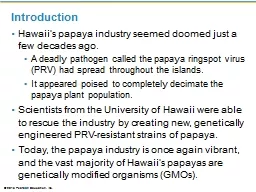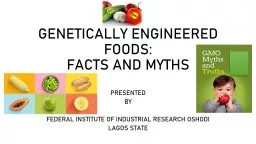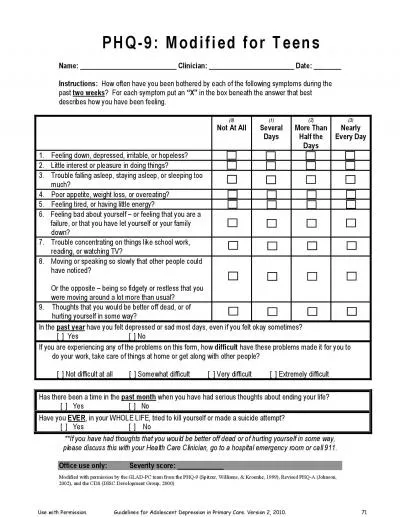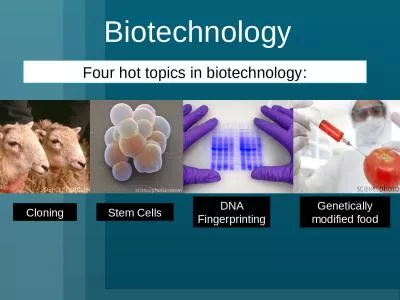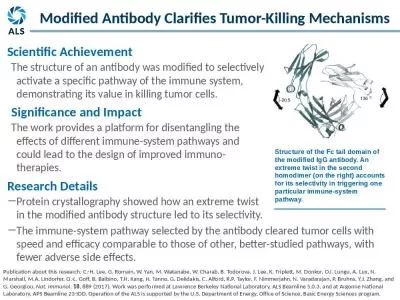PPT-Genetically Modified Organisms
Author : spiderslipk | Published Date : 2020-06-17
Biomedical Technology I 303 GMOs Also known as Transgenic Organisms Are species that carry one or more genes from another species These have continued to improve
Presentation Embed Code
Download Presentation
Download Presentation The PPT/PDF document "Genetically Modified Organisms" is the property of its rightful owner. Permission is granted to download and print the materials on this website for personal, non-commercial use only, and to display it on your personal computer provided you do not modify the materials and that you retain all copyright notices contained in the materials. By downloading content from our website, you accept the terms of this agreement.
Genetically Modified Organisms: Transcript
Download Rules Of Document
"Genetically Modified Organisms"The content belongs to its owner. You may download and print it for personal use, without modification, and keep all copyright notices. By downloading, you agree to these terms.
Related Documents

